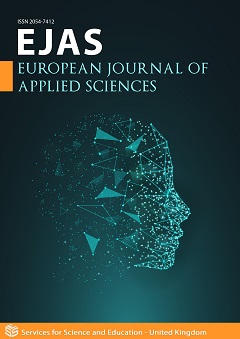Experimental Verification of Gravity Dynamics: Horizontal Chaos
DOI:
https://doi.org/10.14738/aivp.115.15450Abstract
Gravity is one of the fundamental interactions in physics. The first test of Newton's law of gravitation between masses in the laboratory was the Cavendish experiment [1] conducted by the British scientist Henry Cavendish in 1798. It took place 111 years
after the publication of Newton's Principia. Newton's law of gravity only describes the static behaviour of gravity. Here we show surprising results of the modernized Cavendish experiment. An autonomous sustained pendulum motion was found, which largely corresponds to a chaos excited resonator with time-varying excitation. The amplitude varies over two orders of magnitude, related probably to an annual period. In addition, a second physical interaction of a chaotic nature was recognized, which has a dominant effect on the pendulum movement for high frequencies and which has a significantly smaller range of amplitude variation – 1:3. Furthermore, it was found that the degree of chaos of the measured pendulum deflections is constant in time and in the entire range of measured frequencies. It is very close to the numerically simulated chaos rate of the random series. The measured results have no basis in Newton's law of gravity, so they open the need to refine the law of gravity if they are independently verified. The measured deflections of the torsion pendulum can be explained as a consequence of the action of the time-varying inhomogeneous gravitational field of the Earth with a chaotic horizontal component. There have been other yet unanalysed and unverified anomalies, and there are still other unanswered questions. Further experiments and analyses may yield further insights into the dynamics of gravity and possibly other areas of physics.
Downloads
Published
How to Cite
Issue
Section
License
Copyright (c) 2023 Libor Neumann

This work is licensed under a Creative Commons Attribution 4.0 International License.






